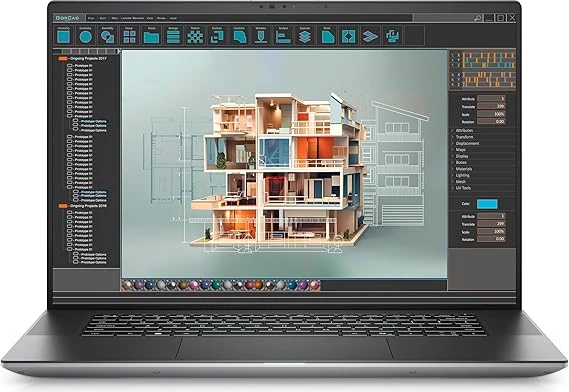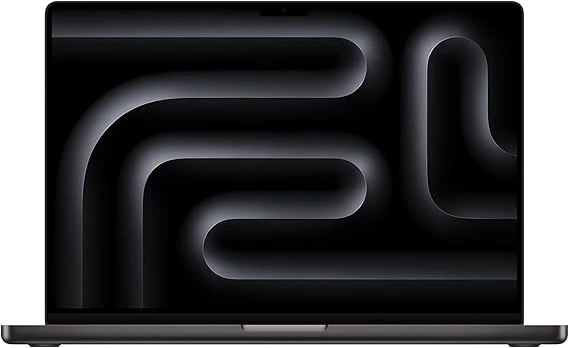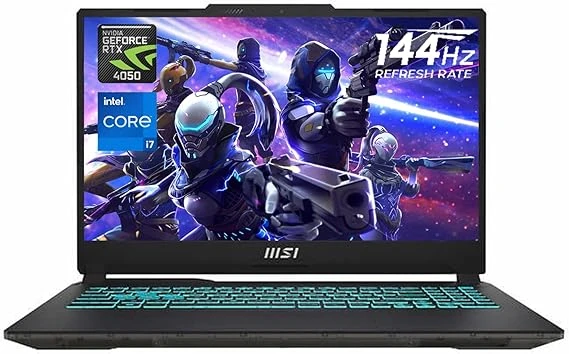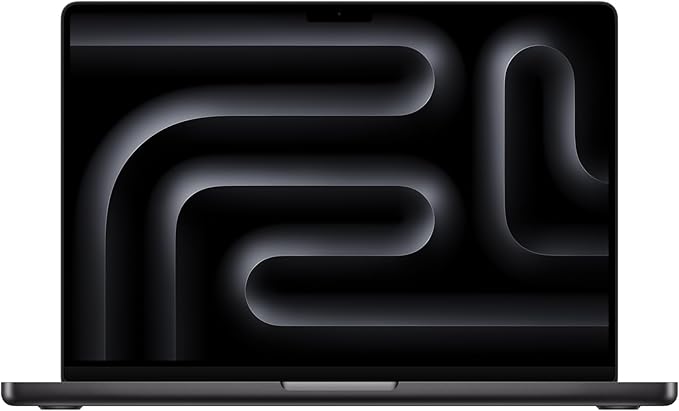When you’re deep into PCB design, your laptop isn’t just a tool—it’s your command center. Whether you’re laying out a complex multi-layer board in Altium Designer or tweaking traces in KiCad, the right machine makes all the difference. In this guide, we’ll break down the best laptops for PCB design in 2025, explain what matters in the specs, and help you pick one that won’t slow you down.
See also: Best Laptops for Altium Designer
What to Look for in a PCB Design Laptop
Before diving into the models, here’s what you actually need under the hood:
- A strong CPU – Modern Intel Core i7/i9 (12th gen or newer) or AMD Ryzen 7/9 is ideal.
- Dedicated graphics card – Especially helpful for 3D modeling and rendering inside EDA tools.
- Plenty of RAM – 16 GB is the bare minimum; 32 GB or more is better for large projects.
- Fast SSD storage – 512 GB or above for quick file loading and smooth multitasking.
- High-quality display – Accurate colors matter for component visualization; aim for FHD+ or 4K.
- Solid build quality – Sturdy chassis, reliable cooling, and decent battery life.
Top Picks – Best Laptops for PCB Design in 2025
Here are the standout options this year, covering both high-end workstations and great value picks.
1. Asus ProArt P16 – For Designers Who Demand the Best

- CPU: AMD Ryzen AI 9 HX 370
- GPU: NVIDIA RTX 4070
- RAM: Up to 64 GB
- Storage: Up to 2 TB SSD
- Display: 4K OLED, Pantone-validated
Pros: Exceptional display accuracy, workstation-level power, premium build quality.
Cons: Expensive, fans can get noisy, battery life is average.
2. Lenovo ThinkPad P16 Gen 2 – A True Workstation

- CPU: Intel Core Ultra 9
- RAM: Up to 96 GB
- Storage: Up to 8 TB NVMe SSD
Pros: Built for heavy workloads, excellent durability, massive RAM options.
Cons: Bulky, top configurations are pricey.
3. Dell Precision 5690 – Enterprise Muscle

- Specs: Intel Core i9 + professional-grade GPU
- Pros: Superb performance, brilliant 4K OLED option, tested for demanding applications.
- Cons: Very expensive, not the most portable.
4. Apple MacBook Pro 16 (M4 / M4 Pro) – Battery Champ

- CPU: Apple M4 series
- Pros: Outstanding battery life (~18 hours), fast CPU/GPU performance, lightweight.
- Cons: Some PCB software lacks full macOS compatibility, premium price tag.
5. MSI Cyborg 15 – Budget-Friendly Performer

- CPU: Intel Core i7
- GPU: NVIDIA RTX 4050
Pros: Solid performance for the price, handles CAD/EDA work well.
Cons: Build feels less premium, shorter battery life.
Quick Comparison Table
| Laptop Model | CPU / GPU | Pros | Cons |
|---|---|---|---|
| Asus ProArt P16 | Ryzen AI 9 / RTX 4070 | Brilliant display, powerful, premium build | Pricey, noisy fans |
| Lenovo ThinkPad P16 Gen 2 | Intel Ultra 9 / Integrated/RTX | Rugged, huge RAM, workstation certified | Heavy, expensive |
| Dell Precision 5690 | Intel Core i9 / Pro GPU | Enterprise-grade, 4K OLED option | Very expensive |
| MacBook Pro 16″ M4 | Apple M4 / Integrated GPU | Long battery, ultra-portable | Limited PCB tool support, costly |
| MSI Cyborg 15 | Intel Core i7 / RTX 4050 | Affordable, good performance | Plastic build, average battery |
Extra Mention – Framework Laptop 16
If you love to tinker, the Framework Laptop 16 is modular and upgradeable. You can swap RAM, storage, GPU modules, and ports yourself—ideal for engineers who like control over their hardware.
Final Thoughts
If your priority is color-perfect visuals and raw power, the Asus ProArt P16 is hard to beat. For serious workstation needs, the Lenovo ThinkPad P16 Gen 2 or Dell Precision 5690 are the way to go. If you value battery life and portability, the MacBook Pro 16″ (M4 Pro) delivers, while the MSI Cyborg 15 offers excellent performance without breaking the bank.
Choosing the right laptop for PCB design comes down to balancing performance, budget, and workflow. With the models above, you’ll have a machine that keeps up with your designs—no matter how complex.
Frequently Asked Questions
For circuit design, you’ll want something with a strong processor, plenty of RAM, and a sharp display. A Dell XPS 15 or MacBook Pro handles software like Altium or KiCad smoothly. Fast storage and good cooling also matter—nobody likes a laggy schematic or a laptop that feels like a toaster.
If you’re into serious PCB work, Altium Designer is a top pick for pros, thanks to its powerful tools and clean workflow. For hobbyists or smaller projects, KiCad is a fantastic free option that’s surprisingly capable. It really comes down to your budget, needs, and comfort level.
For designing and coding, go for a 14–16″ laptop with a sharp IPS/OLED screen, a fast CPU (Core i7 or Ryzen 7), 16–32GB RAM, NVMe SSD (512GB+), and a comfortable keyboard — an RTX GPU helps for heavy graphics. Good battery and thermals round it out for everyday and pro work.
Pick a fast, lightweight laptop with an SSD and a modern CPU for Cricut Design Space. Cricut’s official minimum is 4GB RAM, though you’ll want 8GB (16GB if you juggle big files) to avoid lag. Top, fuss-free picks: MacBook Air (M2/M4) or Dell XPS 13.











